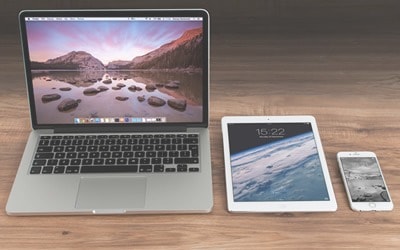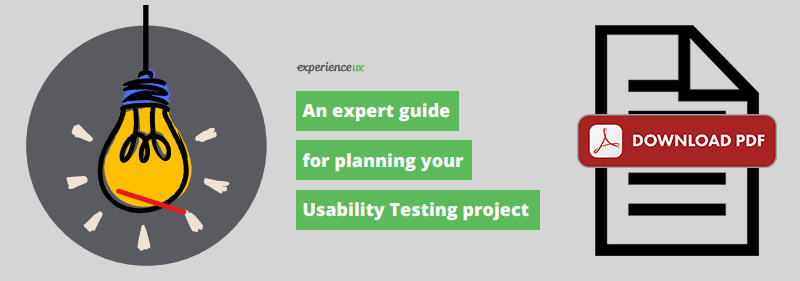Remote user testing can be moderated or un-moderated
Remote usability testing is a method of website usability testing when the user is in a different location to the researcher. A test can be moderated by the researcher watching and interacting with the test participant using internet screen-sharing tools and a telephone connection.
An alternative method is to run an unmoderated test where the test participants are provided with a set of tasks to complete on-screen whilst they progress through the session. The results are generated for the researcher to review when the test is complete. However, tests with no moderator involved are much harder to control and therefore offer questionable value. For this discussion, we will stick to the moderated method.
Moderated remote usability testing is used to gain insight into the barriers users face when completing typical tasks with a website. The key aspect of remote testing is that it offers a researcher and the participant the ability to test from their own location. This provides a realistic user environment compared to the less natural environments often used for traditional user testing.
Remote testing can also recruit participants live when they enter the website. When using the live recruiting method researchers can catch people at the beginning of their journey with the site, ask them to share their screen, and then watch how they complete their journey. This is a critical difference with traditional lab-based usability which places participants in an unfamiliar environment and asks them to perform pre-defined tasks.
Advantages of remote user testing
Moderated remote usability testing offers a number of key advantages including:
- Time and cost savings over hiring a professional usability lab
- Easier to recruit participants as they do not have to travel to the research facility
- Participants can conduct the test in their natural environment which can offer key insights into true behaviour
- Offers the ability to test higher numbers of participants per day compared with lab-based testing
- Researchers can test people from various geographical regions from a single location
- When using live recruiting researchers have the opportunity to observe true user behaviour as they catch users while they attempt to complete tasks they have a real emotional attachment to
Disadvantages of remote user testing
On the other hand, the disadvantages are:
- Inability to control the environment can lead to distractions and interruptions at the participant’s end i.e. pets, doorbells, children
- Researchers can’t see the participants’ facial expressions or body language and therefore don’t have the extra insight into user behaviour they usually have in face-to-face research
- Limiting the interaction to the phone can lead to participants and researchers struggling to gain rapport which can affect the quality of the session
- Observing participants’ screen activity relies on third-party screen-sharing tools which usually require the participant to receive some sort of download and relies on a solid broadband connection
Conclusion
Moderated remote usability testing offers researchers a versatile tool that not only offers the potential to see true user behaviour across multiple geographic locations, but also offers them with potential time and cost savings as well. However, the disadvantages can lead it to be an unreliable method in terms of technology and control over the test. The time and cost savings can offer researchers the ability to over recruit to ensure they get enough quality feedback throughout the testing to really understand the usability issues and make key recommendations
You may also like







